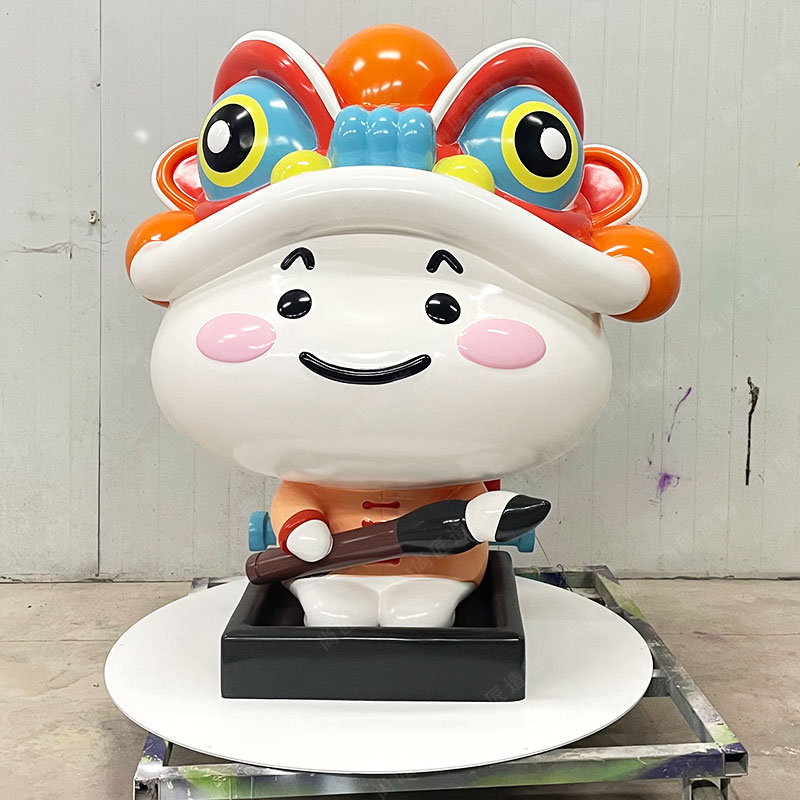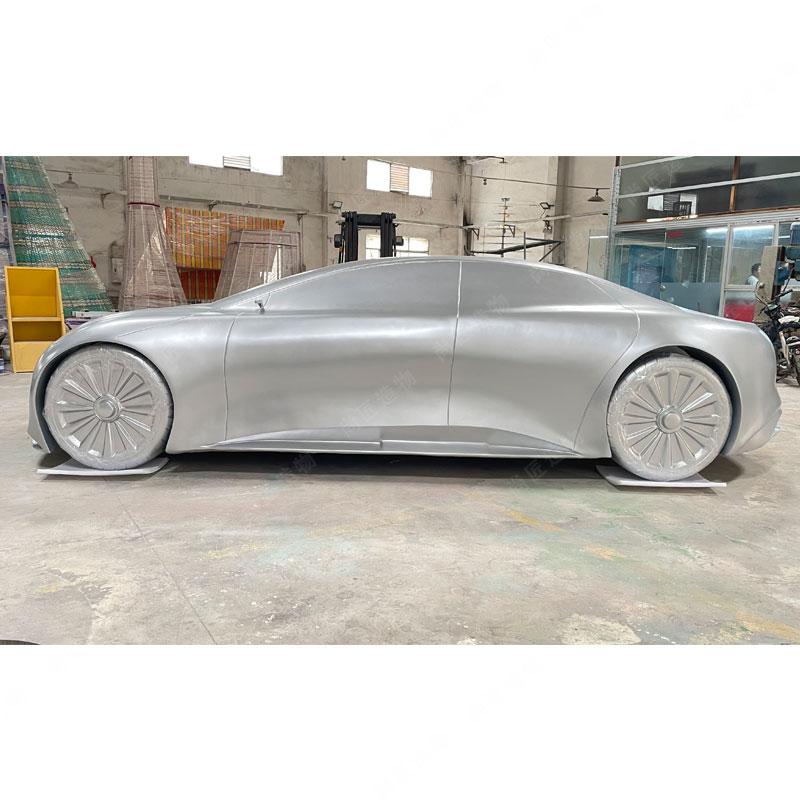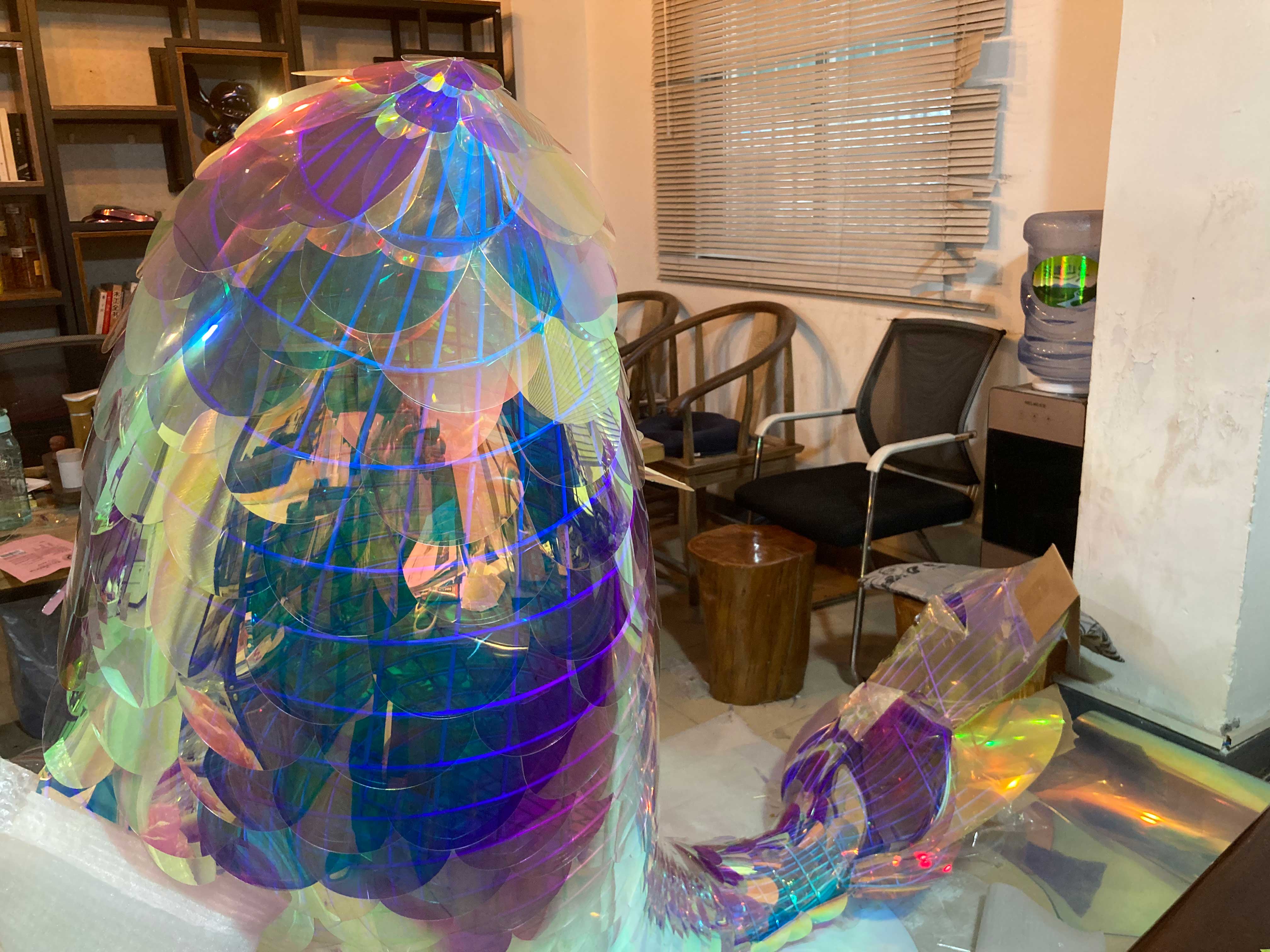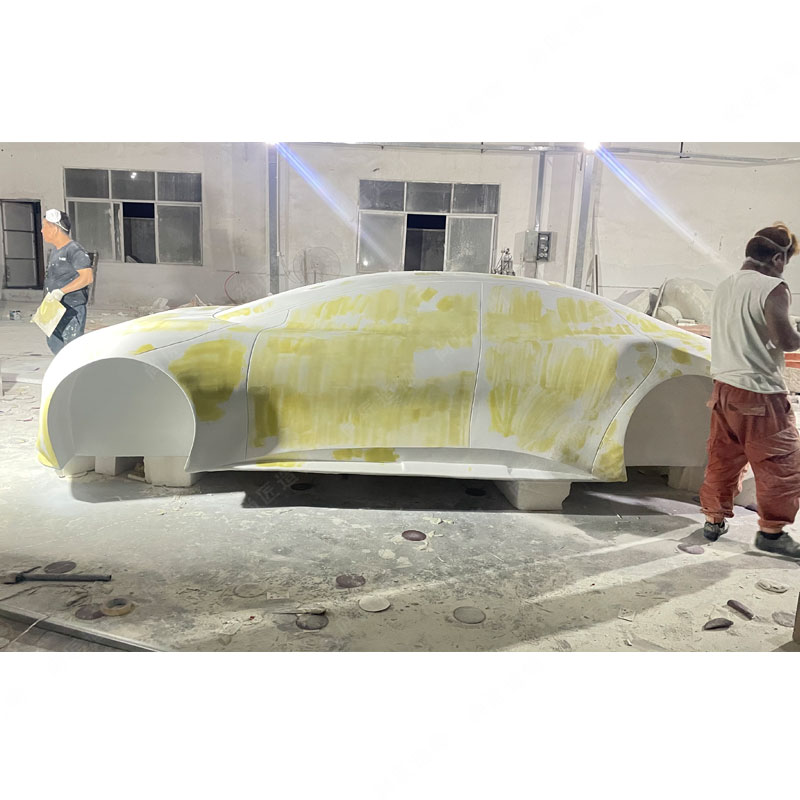Key Takeaways
Understanding the core principles of modern mechanized sculpture installations is crucial for successful implementation. Fiberglass offers exceptional flexibility, enabling the creation of complex, lightweight moving parts essential for kinetic systems. Effective design hinges on applying fundamental mechanical principles tailored to artistic expression and environmental demands. Integrating robotic motion requires careful consideration of actuator selection, control systems, and programming for fluid, reliable movement. Modern animatronic techniques bring intricate, lifelike motion to fiberglass forms, pushing beyond simple rotation. Engineering interactive installations demands robust sensor integration and responsive feedback loops to engage audiences safely. Crucially, designing durable mechanisms within the fiberglass structure minimizes wear and extends the artwork's lifespan, supported by practical, accessible maintenance strategies. Finally, exploring emerging technologies like advanced materials and AI-driven control points towards the dynamic future of Realistic sculpturein motion.
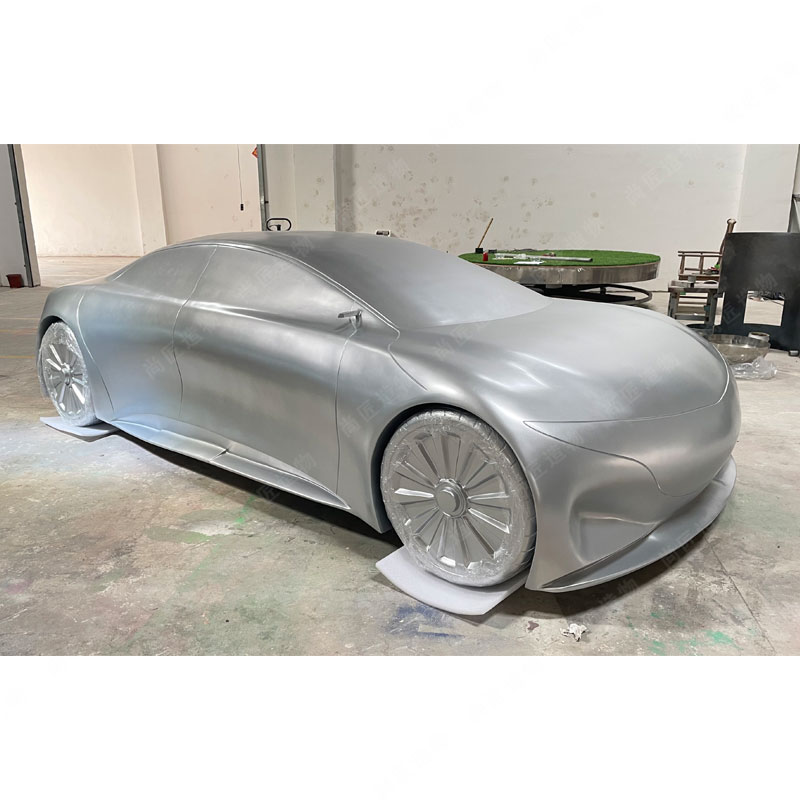
Fiberglass Flexibility for Moving Parts
The inherent flexibility of fiberglass-reinforced polymer (https://en.artmovr.com/), where lifelike movement demands both structural integrity and nuanced motion. Consequently, fiberglass provides a reliable foundation for integrating dynamic movement into artistic installations.
Kinetic Systems Design Principles
Designing reliable kinetic systems for fiberglass sculptures requires careful engineering rooted in fundamental mechanical principles. The inherent flexibility of fiberglass offers advantages for creating moving forms, but it also necessitates specific design considerations to ensure longevity and predictable motion. Key factors include calculating dynamic loads exerted on joints and linkages during movement, selecting appropriate bearing types to minimize friction and wear at pivot points, and precisely counterbalancing components to prevent undue stress on motors or actuators. Understanding the range of motion and acceleration forces is crucial to prevent material fatigue or failure over time. Environmental factors like wind resistance and temperature fluctuations must also be factored into the structural calculations.
"Effective kinetic design prioritizes simplicity and robust load paths, ensuring forces are transmitted efficiently through the structure to the foundation, minimizing points of potential failure."
Integrating durable, low-friction materials like specific polymers or specialized composites at contact points significantly enhances the lifespan of moving parts within the fiberglass sculpture. The goal is always to achieve smooth, reliable motion while maximizing the structural integrity of the artwork throughout its intended operational cycle. This foundational engineering directly enables the sophisticated integration of robotic control systems explored next.
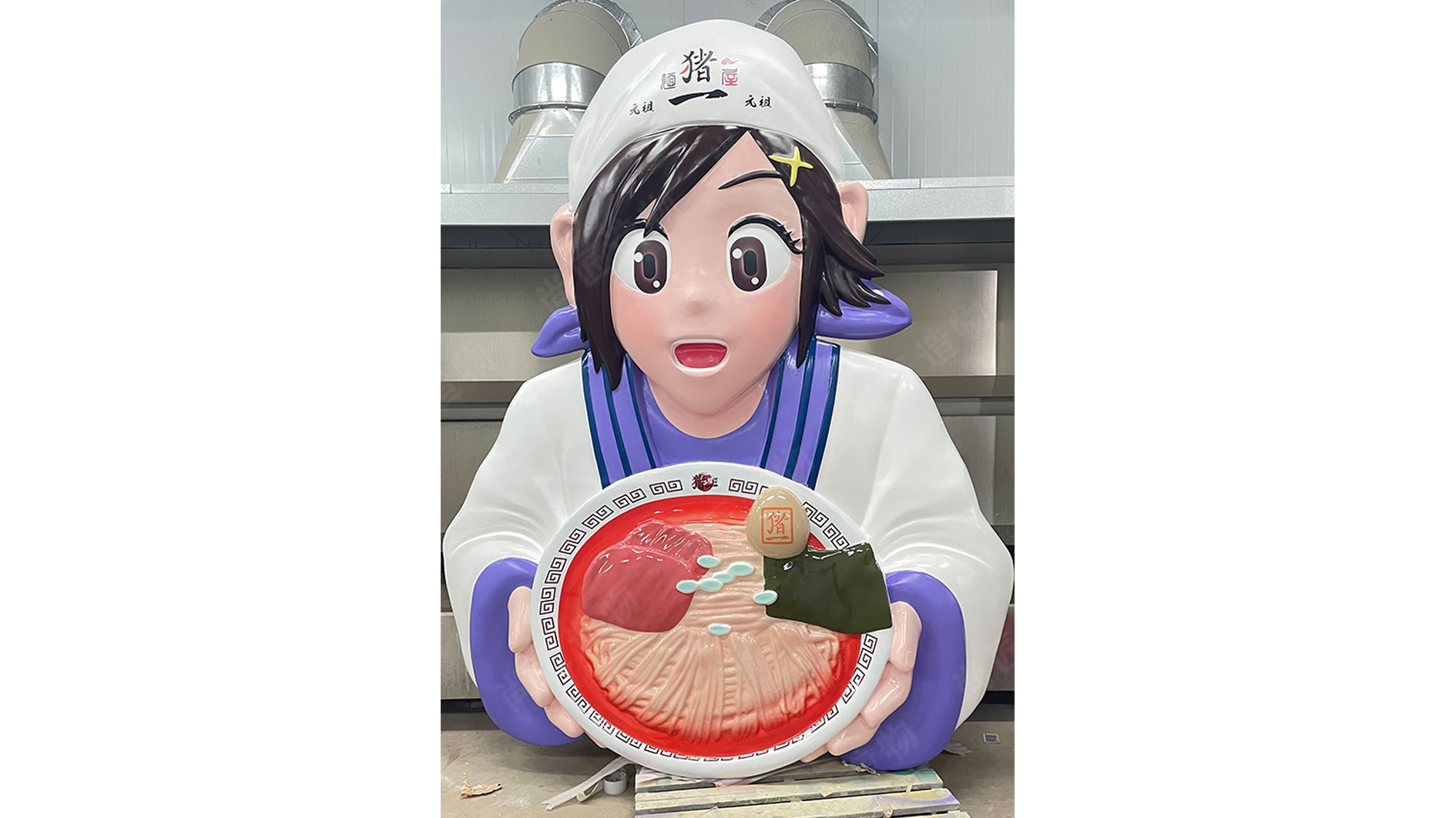
Robotic Motion Integration Methods
Building on kinetic systems design principles, integrating robotic motion into fiberglass sculptures requires specialized engineering approaches. The material's inherent flexibility allows for seamless articulation point design, particularly at joints requiring complex movement patterns. Engineers typically embed servo motors or linear actuators within reinforced cavities in the fiberglass structure, ensuring minimal visible hardware while maximizing range of motion. Precise positional feedback is achieved through integrated encoders, allowing sculptures to execute programmed sequences with accuracy. Stress distribution analysis is critical during the design phase to prevent material fatigue at high-movement areas over extended operational cycles.
For dynamic pieces like animated characters or interactive figures, synchronization between multiple actuators demands robust control systems. Programmable logic controllers (https://en.artmovr.com/) installations exposed to the elements. Consequently, maintenance access points must be strategically incorporated without compromising the artwork's aesthetic integrity.
Common Robotic Actuator Types for Fiberglass Sculptures
| Actuator Type | Best Use Case | Torque/Speed Profile | Environmental Suitability |
|---|---|---|---|
| Servo Motor | Precise angular positioning (e.g., head turns, limb bends) | High precision, moderate torque | Indoor/Protected Outdoor |
| Linear Actuator | Pushing/pulling motions (e.g., extending limbs, opening elements) | High force, slower speed | All environments (rated) |
| Stepper Motor | Slow, controlled rotational movements (e.g., rotating platforms) | High holding torque, precise steps | Primarily Indoor |
| Pneumatic Cylinder | Rapid, forceful movements (e.g., quick gestures) | High speed, lower precision | Dry environments |
Power transmission often utilizes flexible shafts or reinforced cabling routed internally, minimizing external mechanical elements. Vibration dampening materials are frequently installed at motor mounting points to reduce operational noise and resonance. This careful integration of mechanics ensures the robotic elements enhance, rather than dominate, the artistic expression of the fiberglass form.
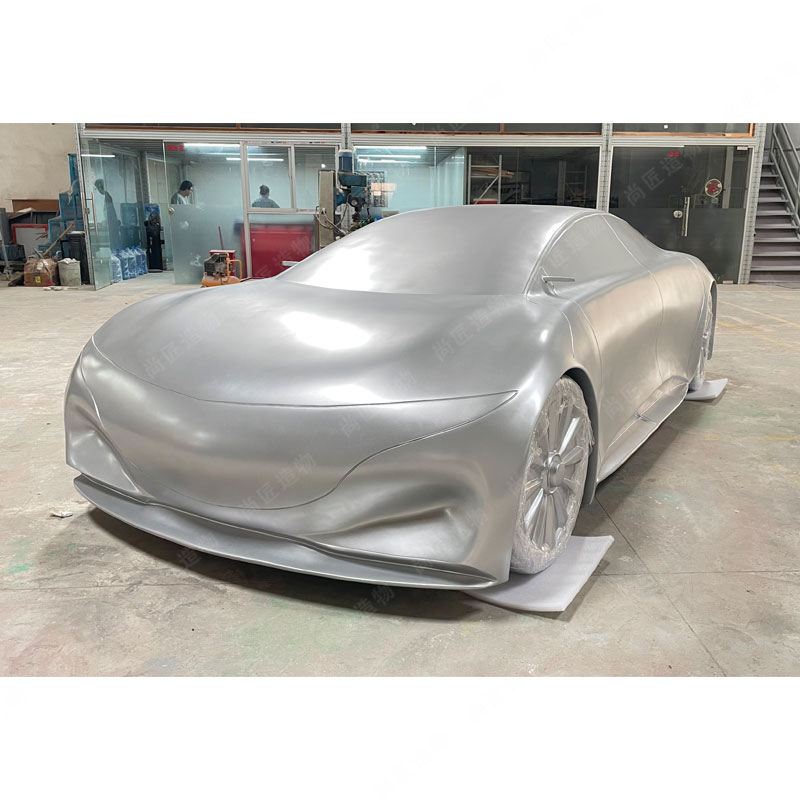
Modern Animatronic Sculpture Techniques
Building upon the principles of kinetic systems design and robotic motion integration, modern animatronic sculpture techniques leverage fiberglass's unique properties to achieve sophisticated, lifelike movement. The material's inherent strength-to-weight ratio and ability to be molded into complex, hollow forms are essential. This allows for the internal placement of precisely calibrated servo motors, pneumatic actuators, or linear drives within limb sections or torsos, minimizing bulk while maximizing range of motion. Programmable logic controllers (https://en.artmovr.com/) installations. The focus remains on achieving smooth, realistic articulation that enhances the artistic narrative without compromising the structural integrity of the fiberglass components.
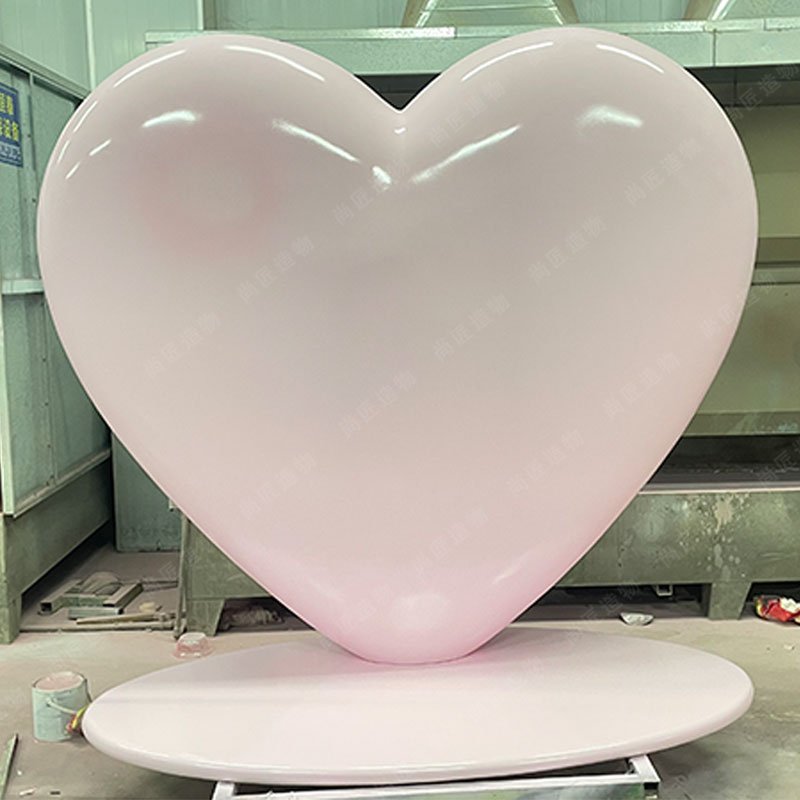
Interactive Installation Engineering
Building upon the principles of kinetic systems and robotic integration, interactive installation engineering focuses on creating responsive sculptures that engage directly with viewers or environmental stimuli. This discipline demands a sophisticated approach to sensor integration, control systems, and actuator design, all while leveraging fiberglass's inherent adaptability. Motion sensors, pressure pads, proximity detectors, or even sound and light sensors become integral components, feeding data into microcontrollers that interpret input and trigger programmed responses. These responses manifest through precisely engineered movements of the fiberglass elements, powered by concealed motors, pneumatics, or linear actuators. The engineering challenge lies in ensuring reliable, repeatable interactions while maintaining the structural integrity and aesthetic form of the sculpture. Durability is paramount, as public interaction introduces significant wear factors; components like hinges, bearings, and linkages must be robust. Careful consideration must also be given to the placement and protection of sensitive electronics within the fiberglass structure. While fiberglass offers excellent molding possibilities for complex moving parts, engineers sometimes integrate materials like stainless steel sculpturefor critical load-bearing joints or shafts requiring extreme hardness and corrosion resistance. The ultimate goal is a seamless fusion of artistic vision and reliable, engaging mechanical responsiveness.
Durable Mechanisms in Fiberglass Art
Beyond static displays, fiberglass art thrives in dynamic, mechanized sculpture installations, demanding exceptional durability from its moving components. The inherent resilience of fiberglass composites is fundamental here. Their resistance to corrosion, warping, and environmental degradation makes them ideal for long-term kinetic applications where metal might succumb to rust or wood might warp. However, the true test lies in the integration points – the hinges, bearings, and actuators that enable movement. For durable mechanisms, designers prioritize robust engineering. This often involves embedding stainless steel or high-grade aluminum alloy joints and pivot points directly within the fiberglass laminate during fabrication. Careful reinforcement around these stress points is crucial to prevent cracking or delamination under repeated motion cycles. Furthermore, selecting actuators and motors rated for continuous operation and protected from dust and moisture ensures the entire mechanized system functions reliably over years, not just months, fulfilling the vision of enduring kinetic art.
Maintenance Strategies for Kinetic Sculptures
Ensuring the longevity and reliable operation of fiberglass kinetic sculptures demands proactive and specialized maintenance strategies. These mechanized installations, incorporating motors, bearings, and complex linkages within their fiberglass structures, are particularly vulnerable to environmental wear and mechanical stress. Implementing a regular inspection schedule is paramount; visual checks for surface cracks or delamination in the fiberglass should be combined with functional testing of all moving components. Lubrication of bearings, gears, and pivot points using appropriate, non-corrosive greases must occur at manufacturer-recommended intervals, often every 3-6 months depending on operating intensity and exposure. Protecting electronic control systems and sensors from moisture ingress is critical, requiring sealed enclosures and routine checks of connections. Environmental factors like UV exposure necessitate periodic reapplication of UV-resistant coatings to the fiberglass surfaces. Finally, maintaining detailed logs of all inspections, adjustments, and part replacements allows for predictive maintenance, identifying potential failures before they cause downtime. Training dedicated personnel familiar with both the sculptural material and the specific kinetic mechanisms ensures consistent, knowledgeable upkeep.
Future Tech in Mechanized Installations
Looking ahead, mechanized sculpture installations are poised for transformative shifts driven by emerging technologies. Advanced materials science, particularly the integration of nanotechnology, promises fiberglass composites with unprecedented properties. Imagine surfaces capable of self-healing minor abrasions or even altering their texture in response to environmental stimuli, significantly enhancing longevity and reducing maintenance burdens for complex kinetic systems. Concurrently, artificial intelligence is moving beyond simple motion programming. Future iterations could enable sculptures to learn from audience interactions, adapting movement patterns and responses in real-time, creating deeply personalized and evolving experiences. Furthermore, the push for sustainability is driving innovation in energy harvesting. Kinetic sculptures might incorporate piezoelectric elements within their fiberglass structures or utilize advanced photovoltaic coatings, potentially generating the power needed for their own operation from ambient light or movement, leading towards greater autonomy and installation flexibility. These converging technologies point towards a future where mechanized art becomes more resilient, interactive, and self-sufficient.

Conclusion
Collectively, fiberglass sculpture provides a robust foundation for advancing mechanized installation art. Its inherent flexibility and strength enable the creation of complex moving parts essential for kinetic systems and animatronic elements. Integrating robotic motion requires careful consideration of both material behavior and engineering principles to ensure seamless interaction and structural integrity over time. Therefore, successful implementation hinges on meticulous interactive installation engineering, where durability and planned maintenance strategies are paramount. As technology progresses, these innovative approaches using fiberglass will continue to drive the ongoing evolution of dynamic, responsive public art installations.
Frequently Asked Questions
How often do mechanized fiberglass sculptures require maintenance?
Regular inspections every 3-6 months are recommended, depending on environmental exposure and usage intensity. Key focus areas include joint lubrication, motor function checks, and inspecting the fiberglass surface for stress cracks or weather damage.
What makes fiberglass suitable for moving parts in sculptures?
Fiberglass offers an exceptional strength-to-weight ratio, allowing for complex, lightweight structures that move efficiently. Its flexibility accommodates subtle kinetic motion without fracturing, and it resists corrosion from outdoor elements far better than many metals.
Can existing static fiberglass sculptures be upgraded with mechanization?
Integrating motion into static pieces is technically possible but often complex. It requires careful structural analysis to ensure the original sculpture can handle new stresses, internal space for mechanisms, and significant engineering for seamless motor and control system integration. Retrofitting is usually more challenging than designing kinetic from the start.
What are the biggest challenges in robotic integration for these installations?
Ensuring smooth, silent, and reliable movement is paramount. Challenges include designing robust yet hidden internal frameworks, selecting motors powerful enough for the sculpture's weight but compact enough to fit, protecting sensitive electronics from moisture and dust, and programming movements that appear natural and intentional.
 ch
ch English
English

